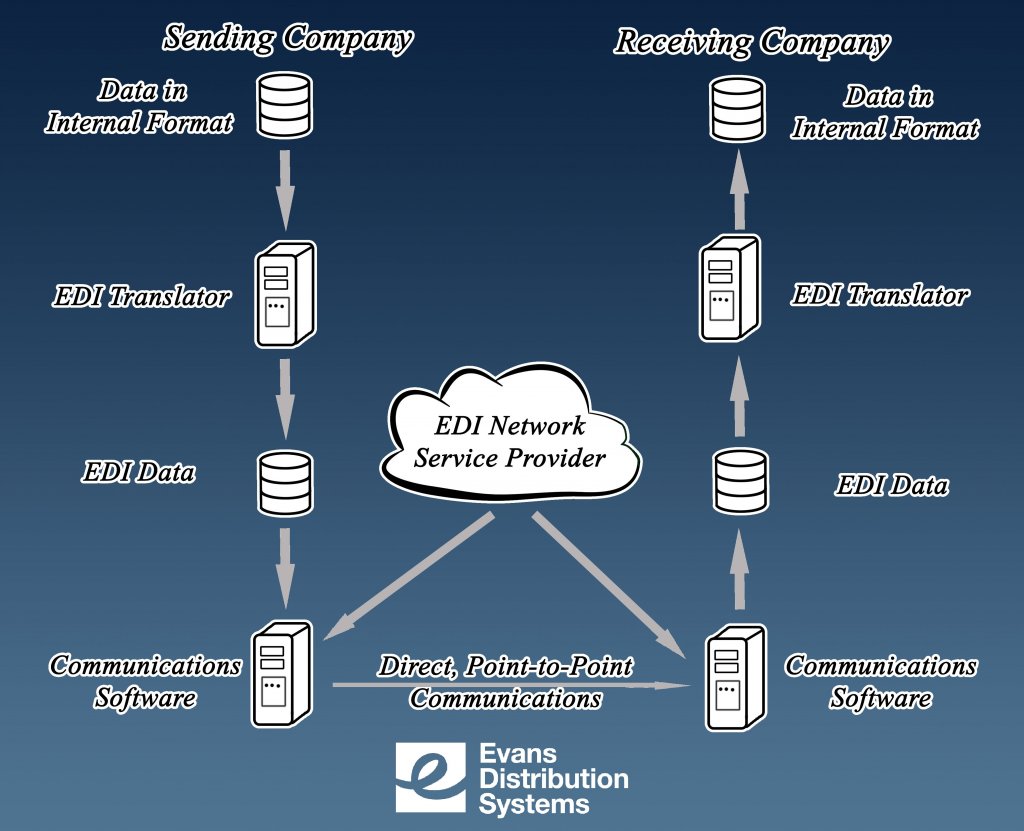Utilizing EDI and ASNs can prove to be very beneficial for businesses. The reduction in time and errors alone makes EDI technology desirable for transferring documents between business partners. Here is what you need to know about EDI and ASNs.

What is EDI?
EDI stands for Electronic Data Interchange. It refers to the computer-to-computer exchange of documents between companies that replaces mail, fax, and email. The most common documents exchanged are purchase orders, advanced shipment notices, and invoices.
The electronic exchange of these documents is far more efficient and less expensive than paper-based options. Exchanging paper documents can add a week to a process; but by utilizing EDI, that same process can be completed within hours. When involving people, document processing slows, and errors are more common. With EDI, documents flow from system to system – eliminating the human element and allowing for processing to begin immediately.
How Does EDI Work?
There are three basic steps in the process. The first step is to build and prepare the document for sending. This involves collecting and organizing the appropriate data in such a way that it can be easily translated into the EDI format. The second step is to translate the document. This requires sending the data through translation software to convert the data into the standard format. The third step is to connect and transmit the document to the business partner. Both partners must decide on a connection protocol to perform the transmission.
What is ASN?
ASN stands for Advanced Shipment Notice. It is one such document transmitted through EDI. An ASN supplies the recipient with details regarding the shipment of an order, including the order number and date, customer name and information, ship date, item numbers, descriptions, quantities, weight, the number of boxes, and how the items are packaged.
How Does ASN Work?
An ASN can help retailers and distributors (and even consumers) understand what order has shipped, which items and how many have shipped, if the full order has shipped, when the order should arrive, and who the delivery company will be. With this information, the recipient can prepare for the flow-through and storage allocation. Additionally, many of the details provided on the ASN can increase order visibility and accuracy.
EDI and ASNs support the effort toward a leaner and more efficient supply chain. Evans is proud to utilize this technology in the implementation of best logistics practices.
